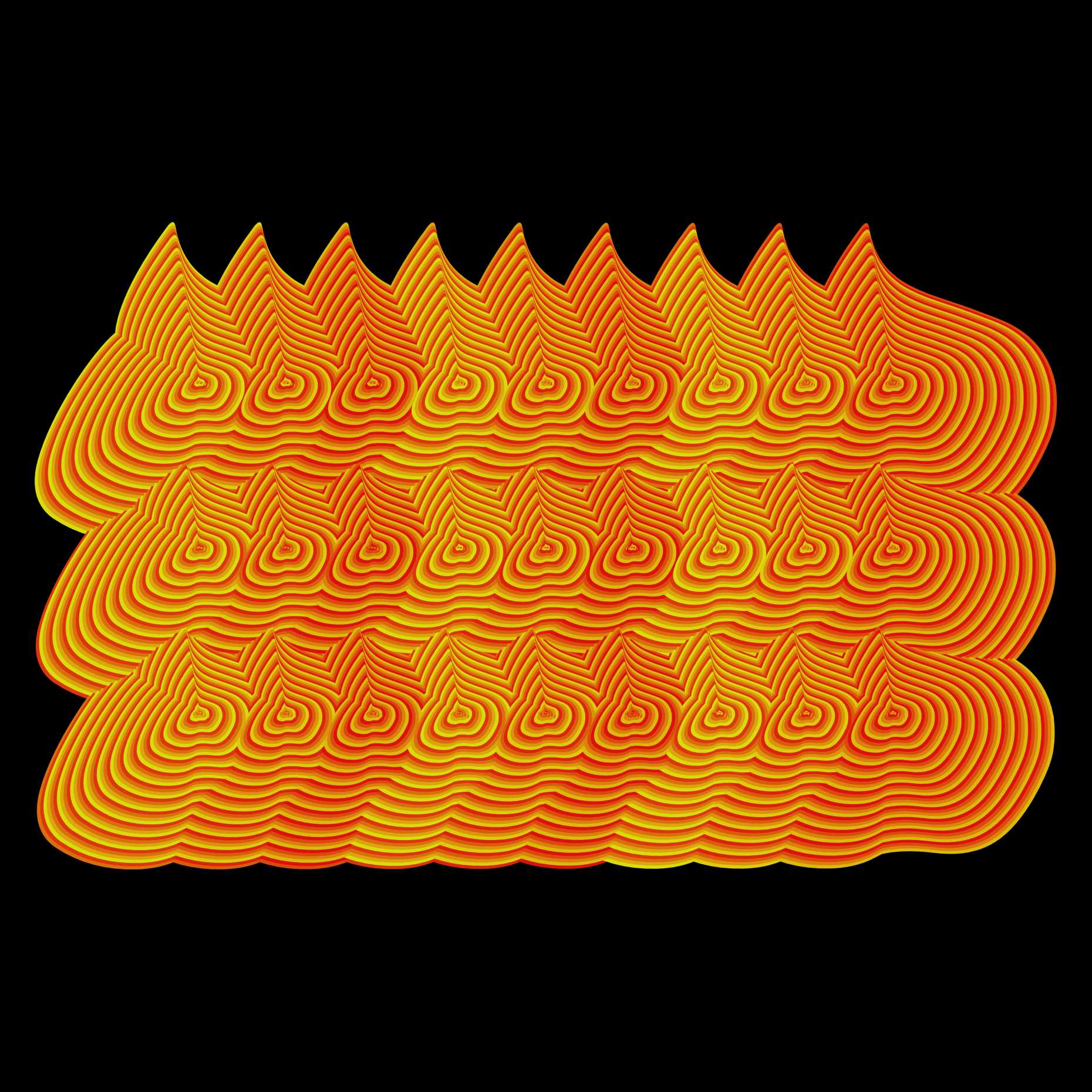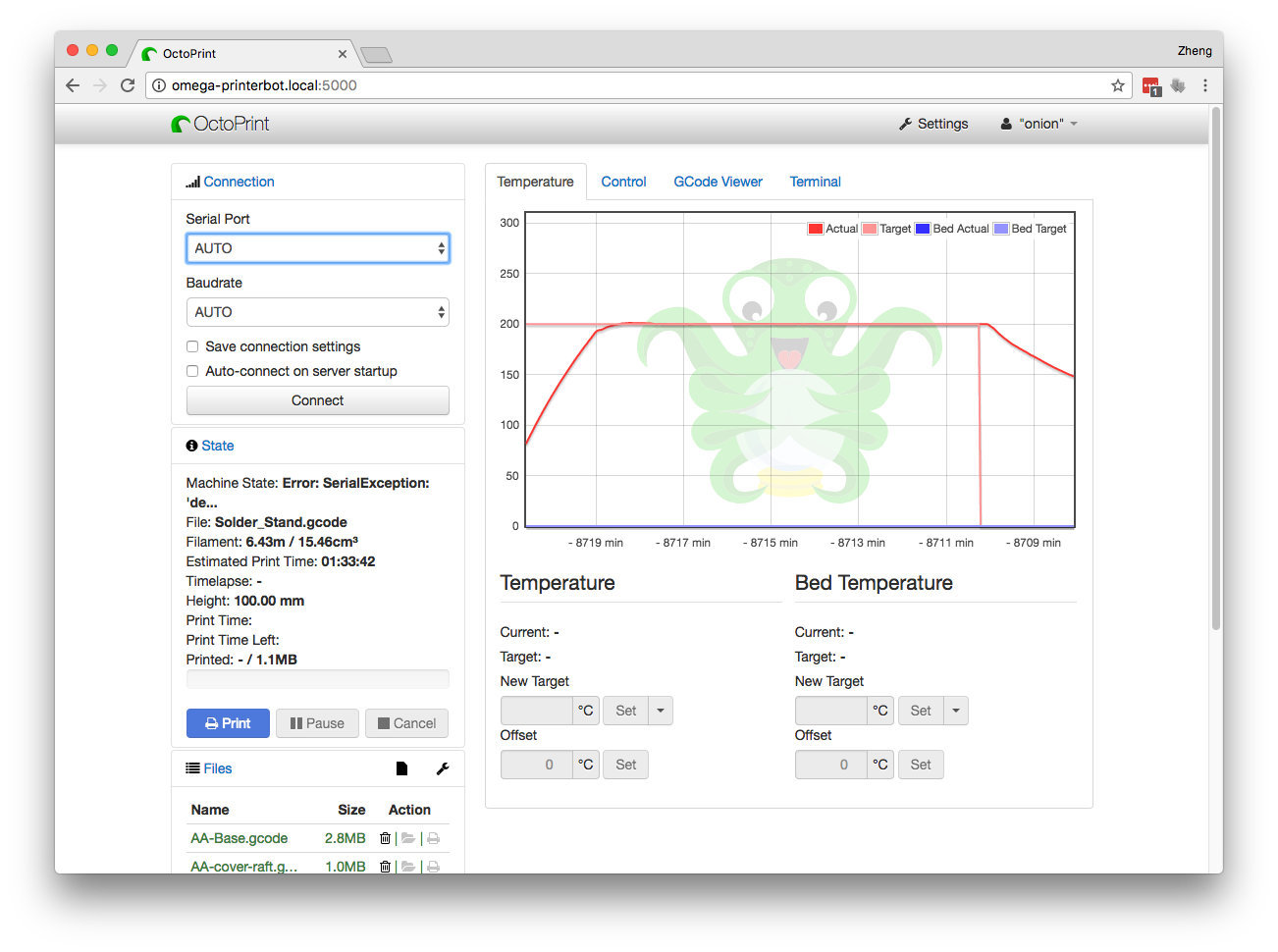


* NodeBox 3– Visual Programming Language.
Nodebox 3d printer software#
You wil NOT have access to any equipment housed in the Textiles department beyond those that you are already trained to use (applicable to Textiles students).Ĭoding and 3d modeling software programs that we will be using: You wil have access to all tools, including textiles-specific ones, at Co-works, but you are responsible for getting trained and certified on any equipment beyond those that are covered during class time. Hand-work, process, sampling and the presentation of ideas for end use, are crucial components of this project. The overarching goal of this class project will be the creation or transformation of “fabric,” in the broadest meaning of the term, in digital and physical form, and its connection to specific fields of study and existing techniques and applications. The major work will be a class project comprised of studies that take advantage of the computational tools that you will be introduced to. This means developing a list of questions to guide the discussion and a visual slideshow that highlights the issues within the texts, supports positions with precedent work and imagery, and addresses the relevance of these concepts to digital fabrication and making.Ģ. In groups, students are responsible for conducting the class discussion for one set of readings. Students are required to do all readings, which will serve as a conceptual backdrop for the design and development of the projects.ġ. A significant portion of the material for this course will be presented only in class, so attendance is required. It is each student’s responsibility to take notes during class, and it is expected that students utilize feedback given during critique to improve the technical and conceptual aspects of their work. Class time will be actively distributed between lecture, discussion, workshops, presentation and critique. Anticipated dates are given in the course schedule real-time adjustments will be announced in class and posted on the website.
Nodebox 3d printer series#
Work in this course will be guided by a series of readings and creative projects. This course will provide students with the opportunity to push the boundaries of fabric design across disciplines and studio practices. Topics that we will delve into include digital technologies for novel additive/subtractive approaches, 3d-printed textiles, modeling versus simulation, using digital design to reduce material waste, and creative surface interfaces. Through readings and studies, this course will introduce computational concepts geared towards equipping students to leverage the contemporary material culture of textile design.

As technological innovations now allow for added dimensionality and functionality in fabric, drawing and intuiting in the same manner has become more difficult, and computation is now regarded as a key additional interface for material exploration. In this counter-narrative–reflected in the recent enthusiasm for the parallel development of advanced manufacturing techniques and invention of smart materials–rather than signifying the final dissolution of form and material, technological innovation might herald their eventual synthesis.įor textiles, even in the age of computer-controlled tools, the hand and tacit material knowledge have remained instrumental participants in the integration of pattern and structure into fabric. Recent developments in design and fabrication technologies, however, suggest an altogether different vision for digital materiality. Consider, for example, the manner in which materiality is reduced to the application of a texture in ray-traced rendering. Initial approaches to digital design more often than not embraced and exacerbated a Modernist presumption that the definition of geometric form is separate from the assignment of material.

In this course, students will learn to modulate the performance and behavior of fabric through its geometry and other systems of continuous structural surface within a computational framework. While computation has long been responsible for pushing the traditional techniques of textiles – weaving, knitting, printing– to high levels of mechanical industrial expression, digital sensibility and know-how of digital technologies are now increasingly seen as means to push the frontier and very definition of “fabric”. The material qualities of textile design and fabrication refer to our relationship to all aspects of the physical and tangible world, thus presenting a unique platform for artists and designers.


 0 kommentar(er)
0 kommentar(er)
